Visual3D Principles Introduction
This tutorial series explores concepts and principles that will help you get the most out of your own data through Visual3D. Request a topic!
A series teaching the principles of Visual3D so you can better understand how to achieve your goals.
For more information or to request a topic visit the Visual3D Principles main page.
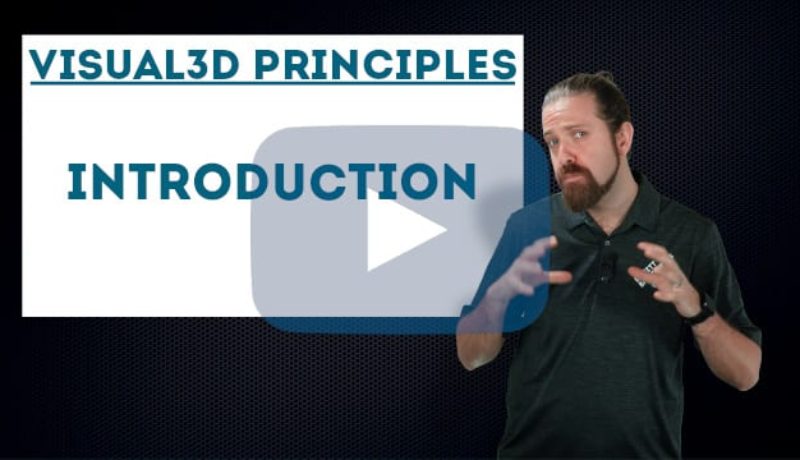
This tutorial series explores concepts and principles that will help you get the most out of your own data through Visual3D. Request a topic!
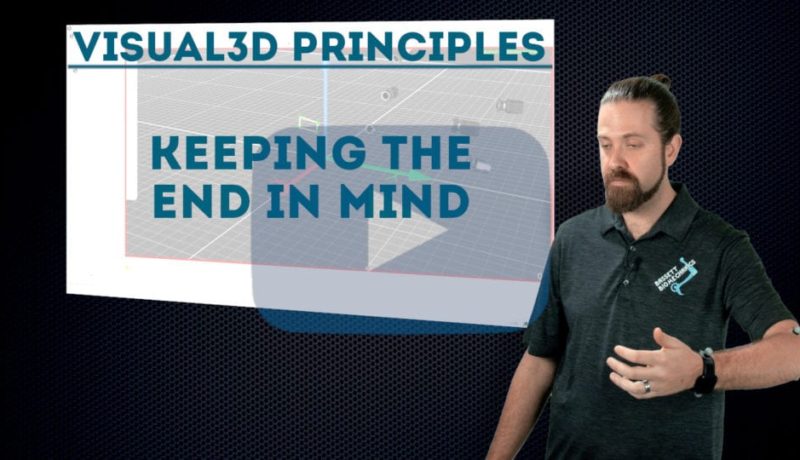
When setting up a project, it is important to know what you want to output from Visual3D before you collect motion capture data. This video presents some principles to keep in mind before capturing mocap data.

Learning your way around Visual3D is an important step on your way to becoming an expert, and this video introduces you to the four most common tabs: Workspace, Signals and Events, Models, and Reports.
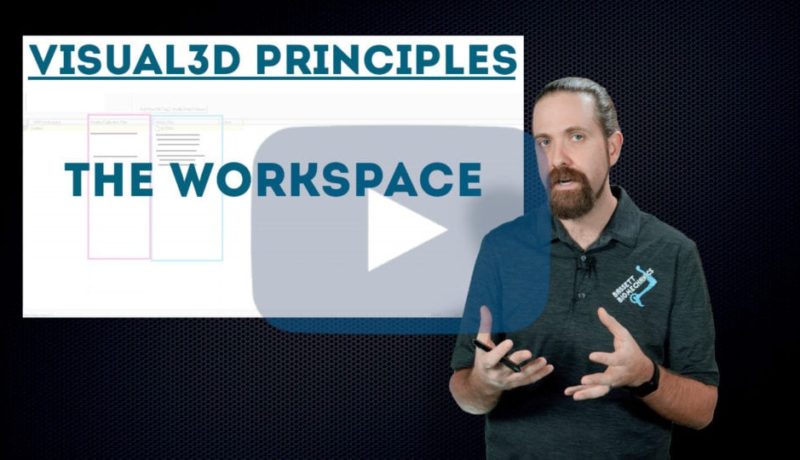
This video gives an overview of the workspace tab in Visual3D so that you can familiarize yourself with the layout. The workspace allows you to load motion capture files, link dynamic and static trials, and easily access pipelines.

C3D is a standard biomechanics file format that stores 3D motion capture data. This video explains how to open C3D files in Visual3D to view and graph the data.

This tutorial illustrates how a basic segment is defined in Visual3D, using four markers to designate the segment’s proximal and distal ends. Knowing how to place markers to define the segment is critical for getting valid biomechanical results.
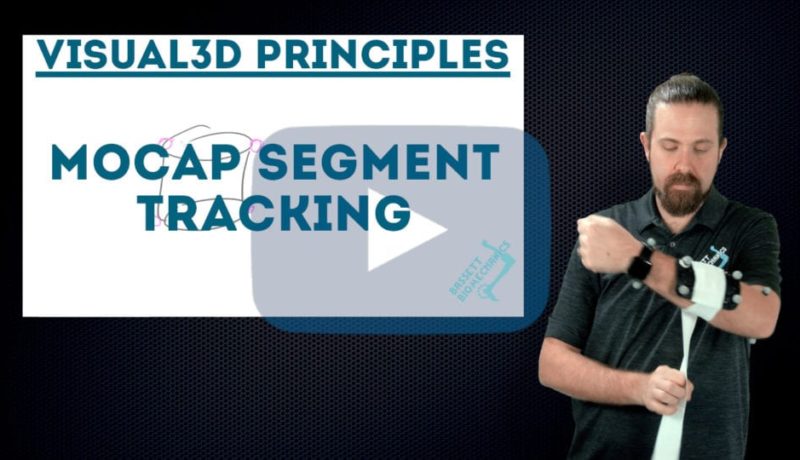
This video shows how to use marker clusters to track segments during dynamic motion capture trials. This can solve problems like skin movement artefact and camera occlusions so that the segment is tracked accurately.
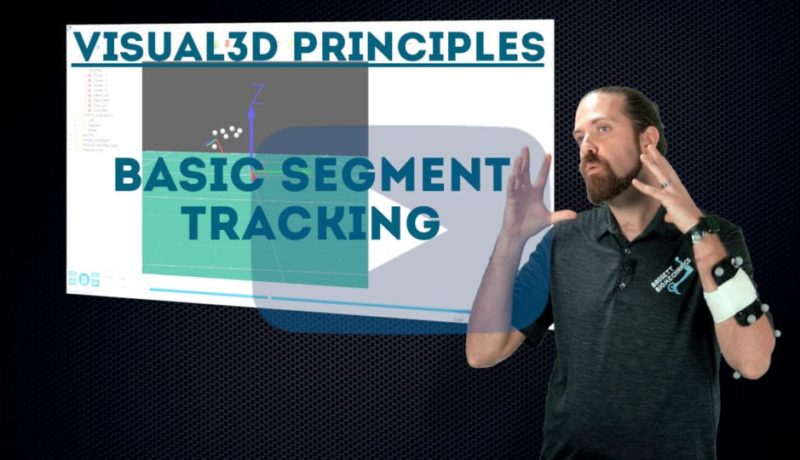
This tutorial discusses the concepts behind definition markers, which are recorded in static trials, and tracking markers, which are tracked during dynamic trials.
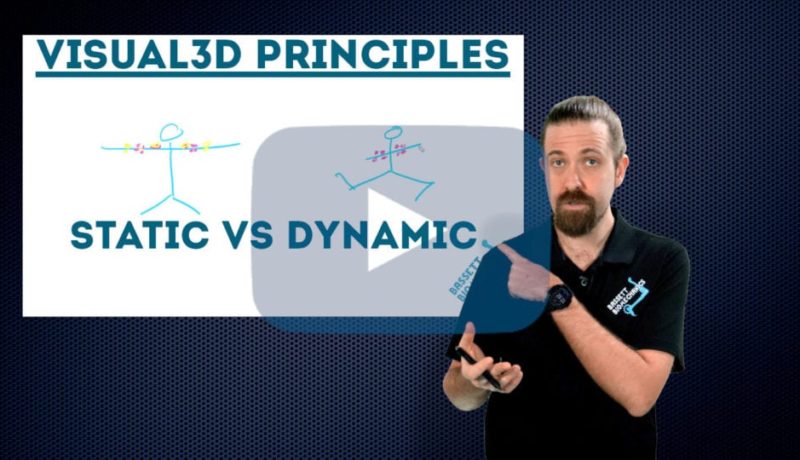
This tutorial explores the differences between static and dynamic trials and how they are used in Visual3D. A static trial is used to define the biomechanical model that is applied to dynamic recordings.

In this tutorial, we are focusing on some quick ways to view your data in Visual3D, including how to play a trial, graph individual targets, and compare data.